



the recent acquisition by the Duxford Aviation Society of an ex-32 (The Royal) Squadron BAe 146 CC2 Statesman, let’s take a look at the history of the Royal family in flight. It wasn’t until 1936 when the Prince of Wales became King Edward Vlll that a serving British monarch took to the air. Before he became King, the Prince of Wales had a healthy interest in air travel and in April 1928 the first aircraft earmarked for use by the Royal family were purchased and operated by No.24 Squadron RAF. They were a pair of Westland Wapatis and would be based near London at RAF Northolt. This airfield was built in 1915 and has been in continuous use since making it the oldest RAF airfield. Over the years Northolt would be home to not only the King’s Flight but also the Queen’s Flight. 32 (The Royal) Squadron use the airfield as their home base.
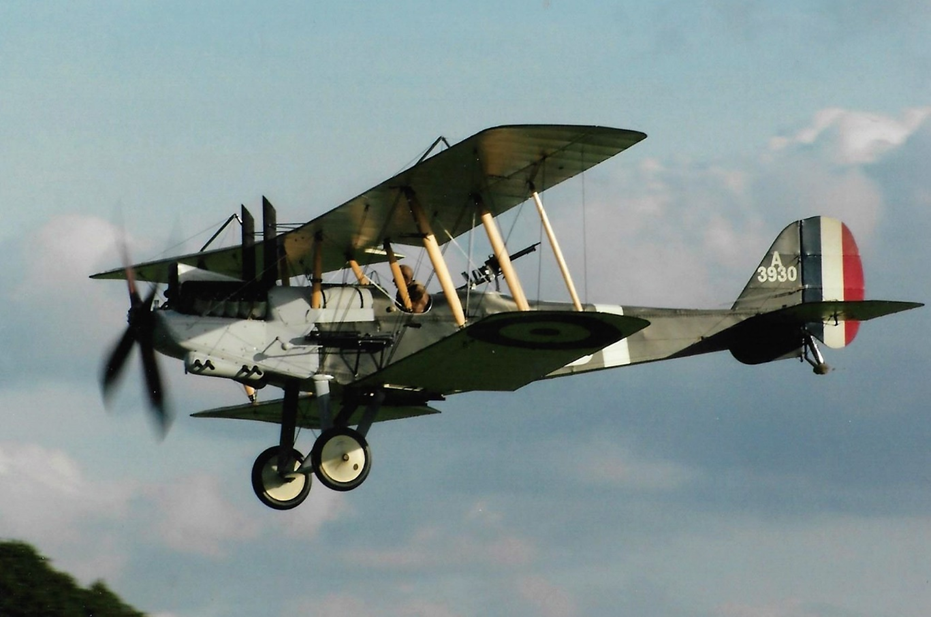
The Prince of Wales had first taken to the air back in 1917 in an RE- 8. His pilot flew with one arm in a sling as he was still recovering from earlier wounds. When King George V heard about this he was not amused and suggested his son didn‘t fly again, however by 1928 the King had softened his view and the Prince of Wales took up flying once again. His first aircraft was a de Havilland Gipsy Moth which he had painted in the red and blue colours of the Brigade of Guards, a version of which colours continue to adorn the Royal aircraft to this day.
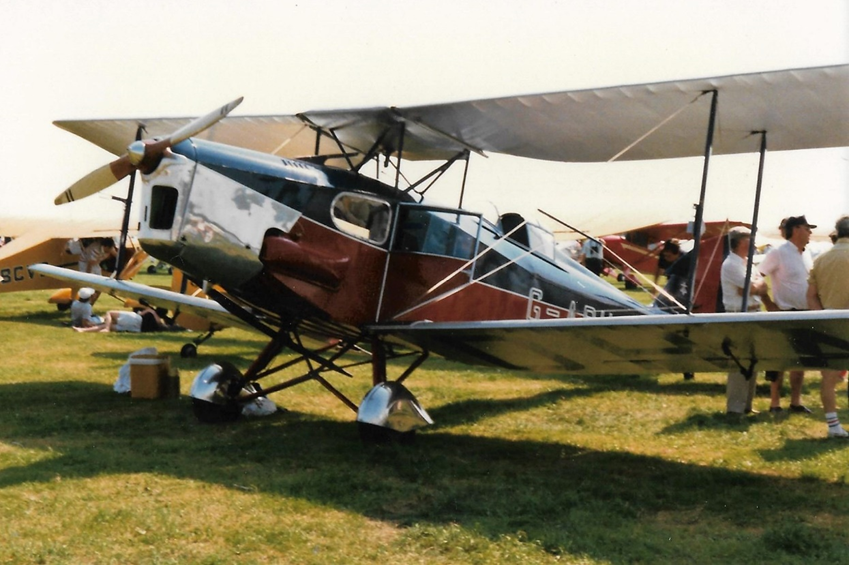
A number of aircraft for Royal use, including a de Havilland Fox Moth, would be purchased by the Prince over the coming years but his mother and father continued to use other kinds of transport. On becoming King in 1936 he formed the King’s Flight and became the first British monarch to fly in an aeroplane when he was flown from Sandringham to London to attend the Accession Council following the death of his father. The King’s Flight was the first air unit anywhere in the world dedicated to a head of state, its first aircraft would be a de Havilland Rapide previously owned by the Prince of Wales.
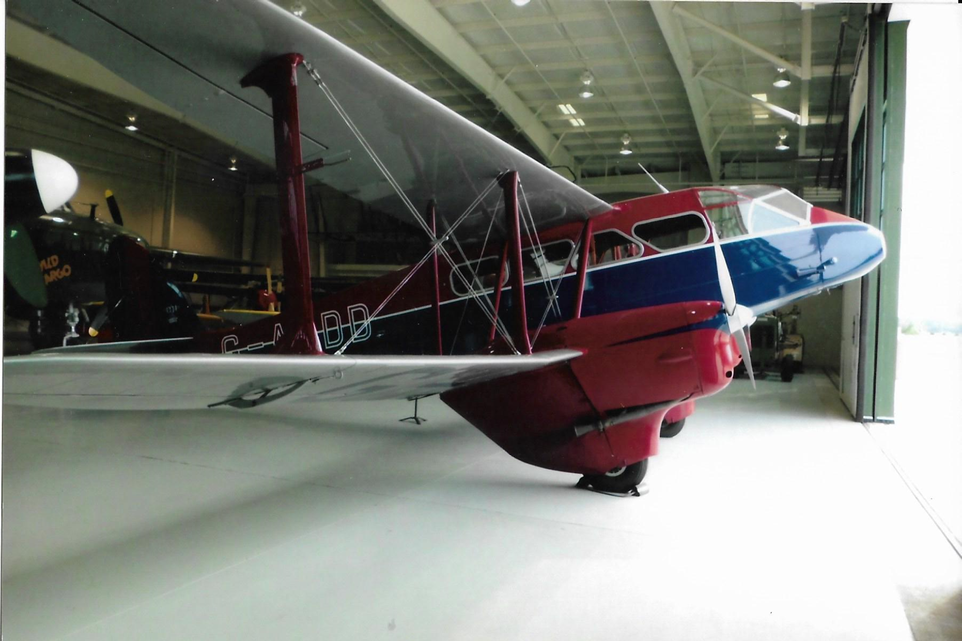
When King Edward Vlll abdicated public funds were used in 1937 to buy an Airspeed Envoy to replace the Rapide owned by the abdicating King. The modern Envoy could carry four passengers plus the pilot, wireless operator and a steward. When Nevil Shute of Norway, the owner of Airspeed, asked why they needed a steward, the Captain of the King’s Flight explained how tired to the point of exhaustion the Royals would be after a day of opening town halls and shaking thousands of hands ! With the start of the Second world war in 1939, for safety the Rapide was replaced by an armed Lockheed Hudson and the following year a de Havilland Flamingo was added to the fleet. This was short -lived as in 1942 the King’s flight was disbanded and the Flamingo placed in RAF service.
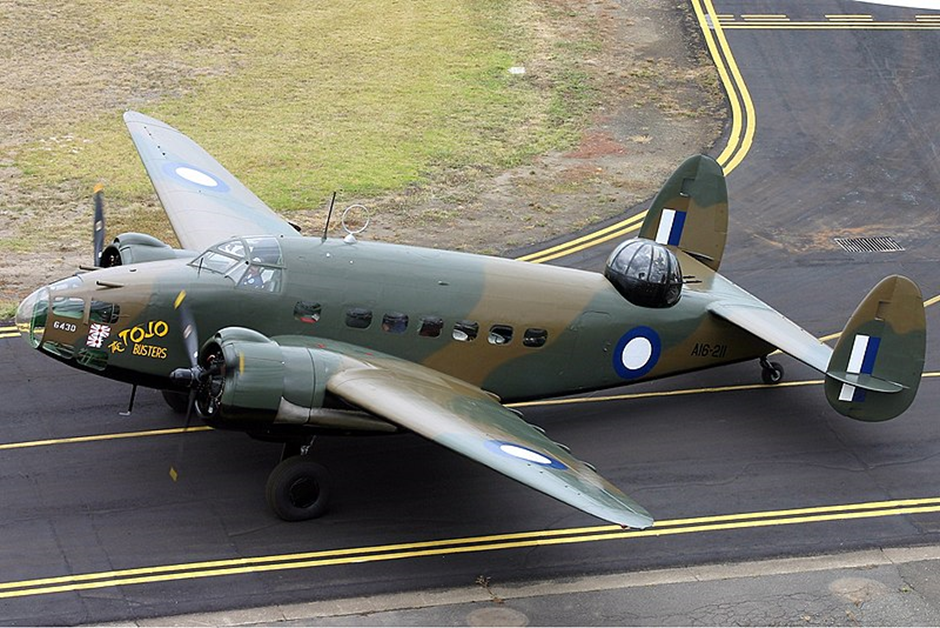
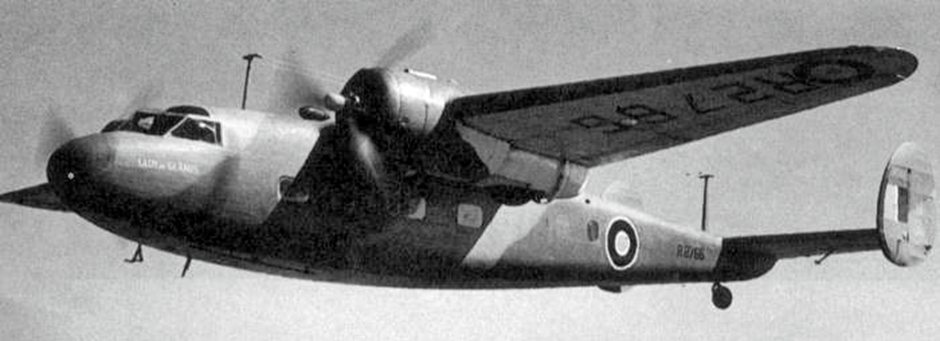
Following the end of the war the King’s Flight was reformed in 1946 at RAF Benson in Oxfordshire with a de Havilland Dominie (military version of the Rapide) and was soon joined by a fleet of four Vickers Vikings. Three of the Vikings took part in the Royal tour of South Africa in 1947. The King, Queen and their two daughters Princess Elizabeth and Princess Margaret were on the tour. For safety reasons the King and Queen never flew on the same plane so each would take one of the Princesses with them on a separate aeroplane with the ground crew following in the third Viking. It was on this Royal tour that Princess Elizabeth took her first flight on an aeroplane. Later in 1947 one of the Vikings would be lost when it force landed near Balmoral whilst carrying the Royal mail, no members of the Royal family were on board.
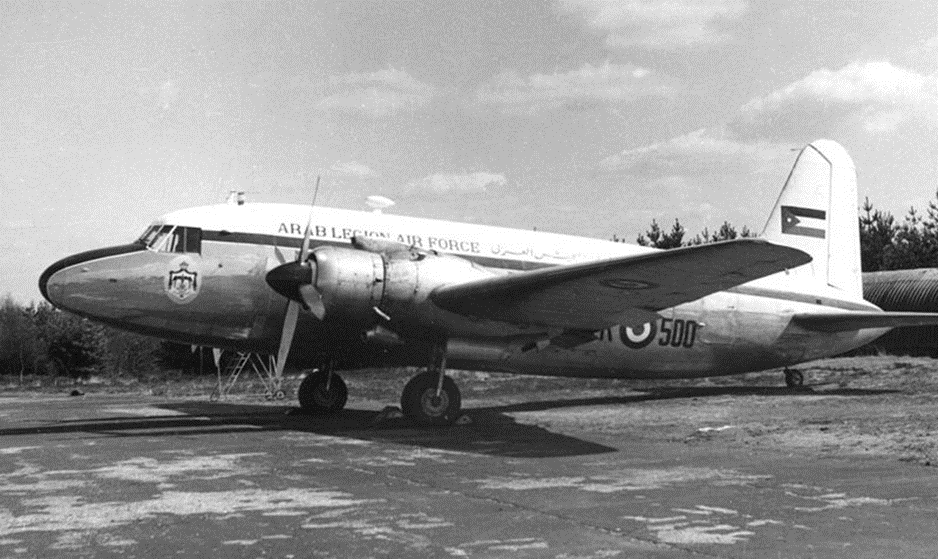
With the death of King George Vl in 1952, Princess Elizabeth became Queen and the Royal flight was renamed the Queen’s Flight. The following year Prince Philip Duke of Edinburgh, at heart a navy man, expressed an interest in gaining his pilots licence. To this end a de Havilland Devon (military version of the Dove) was allocated to the flight and this led to the Vikings eventually being replaced by the Devon’s big brother the Heron around 1955. Three Herons would join the flight, one used almost exclusively by Prince Philip who had now gained his pilots wings and flew himself whenever possible.
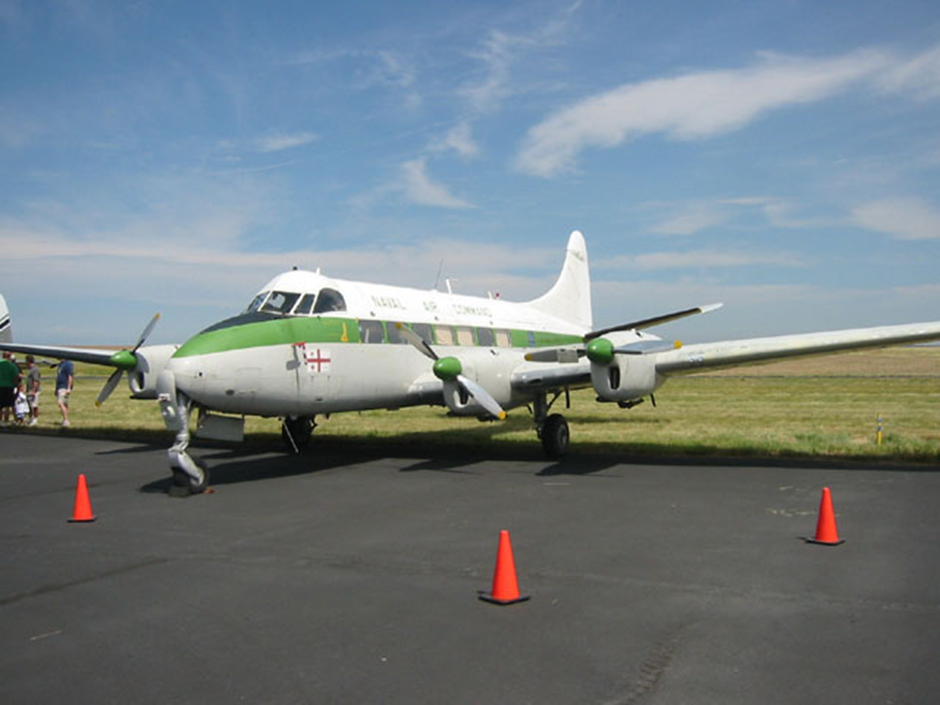
Fixed wing aircraft were all well and good for trips to places near airports but sometimes members of the Royal family needed to attend events away from convenient airfields. To this end some use had been made of commercial helicopter charters such as a BEA Westland Dragonfly and it was decided to add a rotary wing element to the Queen’s Flight. By 1958 a pair of Westland Whirlwinds had joined the flight and Prince Philip was soon to gain his helicopter licence. Helicopters have remained a part of the Queen’s transport capability to this day.
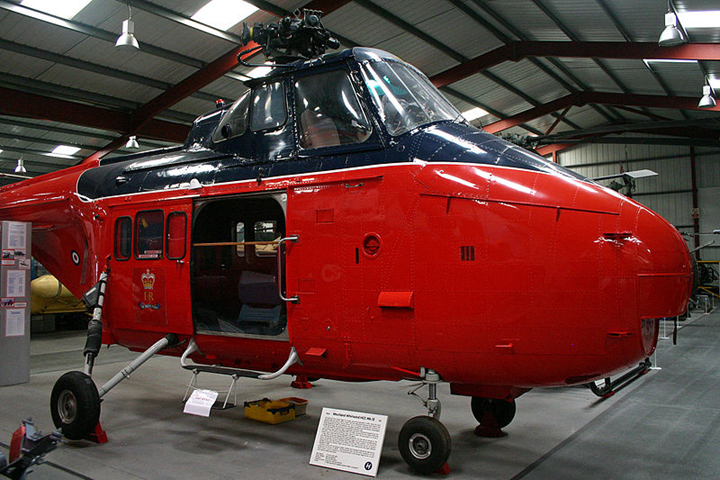
The Whirlwinds would faithfully serve the Flight until 1969 when they were replaced by the more capable and newer Westland Wessex. Both Prince Philip and Prince Charles would become trained pilots on the new helicopter. The Wessex pair would stay with the flight for nearly 30 years until their retirement in 1998 being replaced by a Sikorsky S-76, by which time the helicopter would be operated under private contract to The Queen’s Helicopter Flight, paid for by the Royal household. This first Sikorsky S-76 would carry the registration G-XXEA as a nod towards the registration of the Airspeed Envoy that her father had used in the King’s Flight back in 1937, its registration was G-AEXX. Before Prince Charles was able to gain his Wessex helicopter rating he had of course learned to fly. In 1968 the RAF provided a de Havilland Chipmunk in an all over red paint scheme for his initial training. When it later came to his multi-engine training they again provided an aircraft, a Beagle Basset fully painted in the Royal Flight colours.
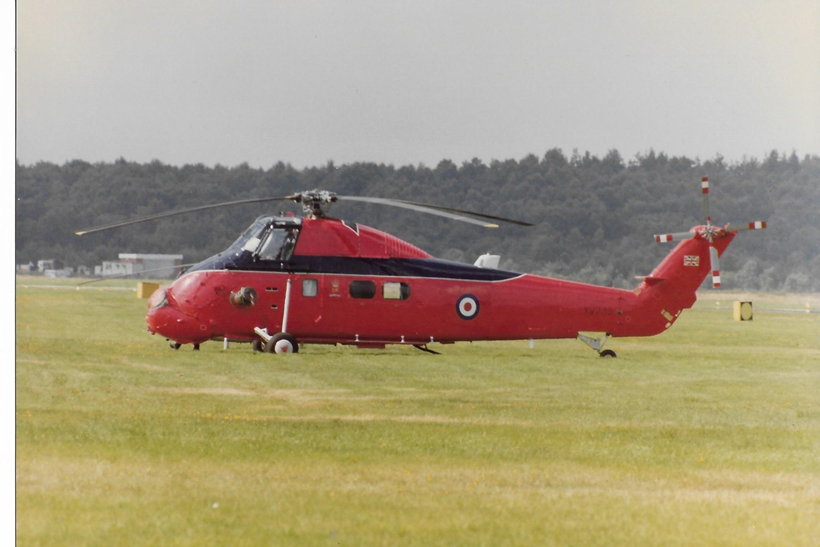
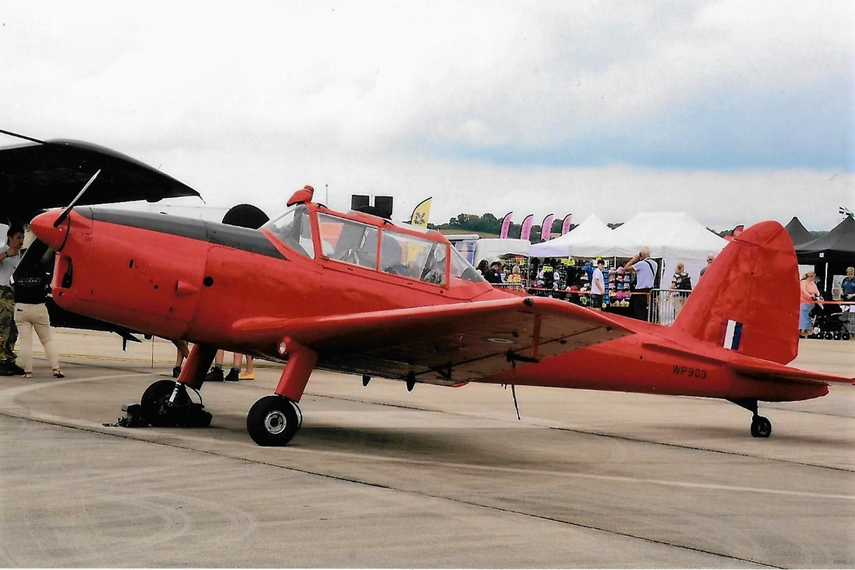
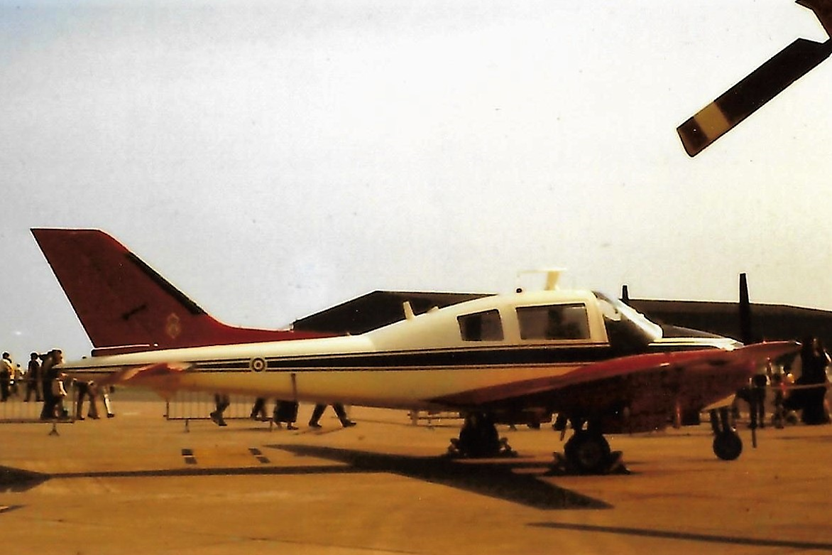
Returning to the main element of the Queen’s Flight, the piston-engine Herons were due for replacement with something faster and more modern. When the RAF ordered six Hawker Siddeley Andover communications aircraft it was decided that three of these would be modified to join the Queen’s Flight, the first arriving in 1964. The three Andover CC2s served the flight admirable for many years and it was in one of these aircraft aged just two months old that the future King, Prince William had his first flight in 1982. By the early 1980s questions were being asked in the House of Commons as to why the Queen was still flying around in twenty year-old propeller-driven aeroplanes. The MoD response was that there was still plenty of life left in the Andovers and they were perfectly safe to fly. However in 1983 two BAe 146 aircraft were leased from the manufacturer on a trial to see if they would make an eventual suitable replacement.
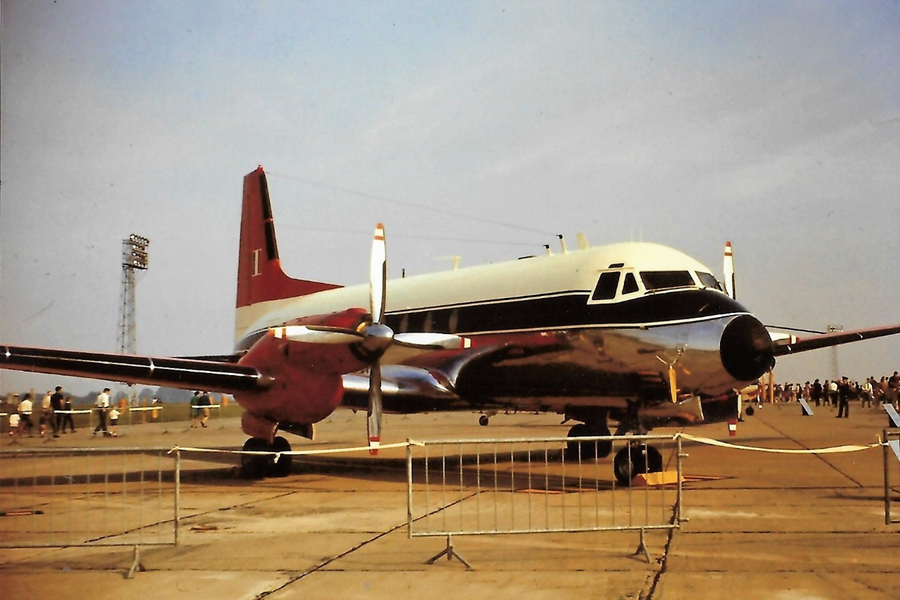
With its short field performance and quiet engines the BAe 146 was indeed a suitable successor to the old Andovers and in 1986 the first of three BAe 146 CC2 Statesman aircraft arrived at RAF Benson, these aircraft would be the first jet-powered aircraft to join the Flight. The Statesman was based on the BAe 146-100 airliner and had a three-cabin interior which provided seating for 19-26 people compared to an airline version of 70-82 seats. Both Prince Philip and Prince Charles undertook training to allow them to fly the 146 CC2 and it was in 1994 while being flown by Prince Charles that one of the aircraft ran off the runway during landing on the Scottish island of Islay. The crew had attempted to land with a tailwind about which the aircraft Captain had failed to inform the Prince and the aeroplane just couldn’t stop in time. Nobody was injured but the 146 was badly damaged. As a result of the incident Prince Charles decided he would no longer pilot Royal aircraft. His father however continued to fly the 146 up until 1997. It would be a BAe 146 CC2 that would bring the body of Princess Diana back to the UK from France following her death in 1997. In 2002 the fleet was reduced to two aircraft when the third was sold as surplus becoming the private transport for a Far East businessman.
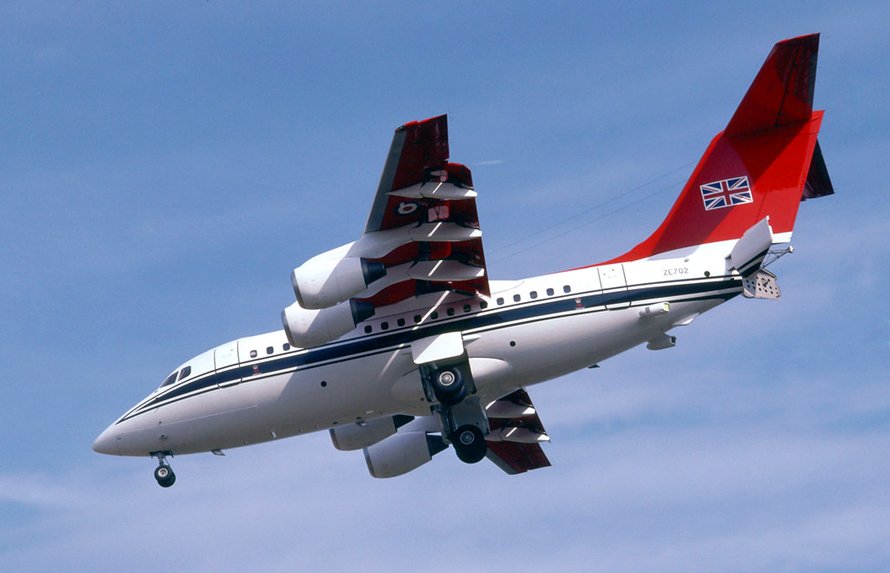
For long haul flights and tours of Commonwealth nations the Royals would often use an RAF VC10 If this was not available a commercial aircraft would be chartered, often from British Airways. The Boeing 767 being most suitable. When such a charter was announced BA would carefully pick which aircraft was best suited for the operation taking into account the dates of maintenance checks etc. The chosen aircraft would then be removed from service a few days before the Royal charter and normally just the forward cabin would be stripped out. The economy section at the rear would remain for use by the press and the rest of the entourage accompanying the Royal tour. The forward area would then be re-carpeted in plush carpet and just the required chairs, tables beds etc fitted for Royal use. In case there was an accident the engineering department always had a spare roll of carpet (often expensive Wilton) in their stores. The story goes that just before the refit was finished for a trip, an upholsterer dropped a can of Evo-Stick on the carpet ! This resulted in a big panic, the damaged carpet was ripped up and a man sent to collect the spare roll…….to find some light-fingered person had decided to re-carpet their lounge and had nicked it !
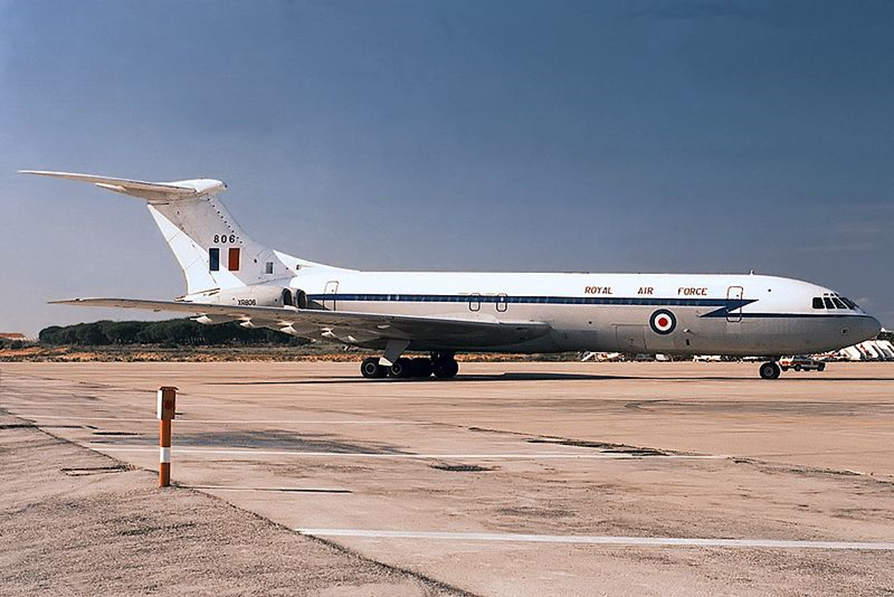
Following defence spending cuts In 1995 the Queen’s Flight was disbanded by the John Major government and the 146s and the two Wessex helicopters moved to RAF Northolt to join No. 32 Squadron who operated a number of HS 125 communication and VIP aircraft. To recognise the nature of the merger No.32 Squadron was renamed No.32 (The Royal) Squadron often written as 32( R) Sqd. Their HS 125s were also repainted in the same colours as the ex-Queen’s Flight aircraft but in 2004 for security reasons all the aircraft, 125s and 146s, lost these colours adopting a less eye- catching white based paint scheme. The Wessex helicopters had by now departed to museums still in their Queen’s Flight colours. As we have previously seen, more cuts brought the end to the RAF operated rotary wing of the Queen’s flight in 1997. At this point the Royal household took over the costs, formed The Queen’s helicopter flight and acquired its first Sikorsky S-76 Spirit. There is also a smaller Leonardo A109 helicopter operated by 32 (R)Sqd available to the TQHF but the Royal household still has to cover its operating costs.
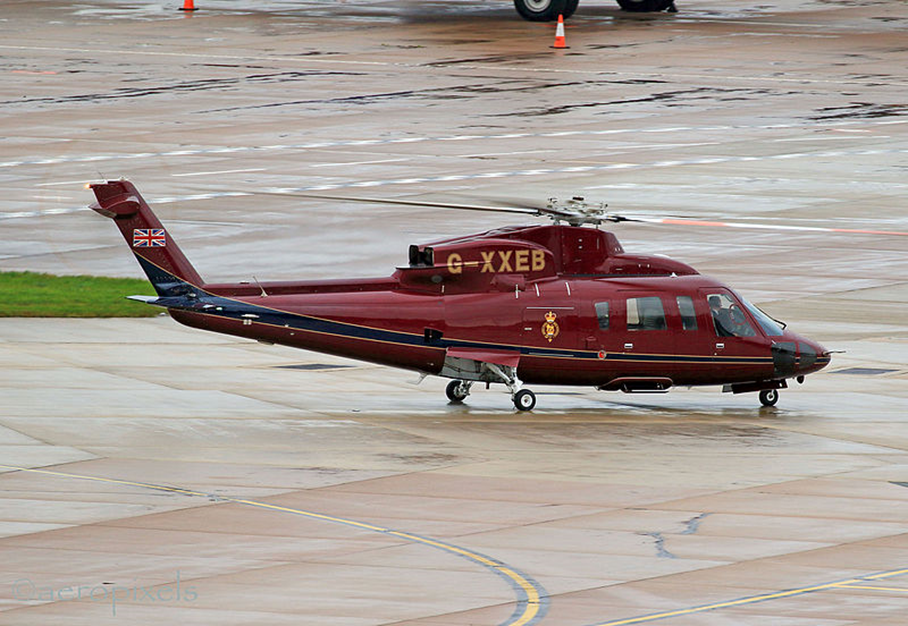
A further blow was brought to the standing of the Royal duties of 32( R) Squadron when in 1999 the MoD made it clear that military operations regarding the 146 fleet would always take precedence over Royal duties. With the Labour party under Tony Blair then in government it may be remembered the Prime Minister was making noises about getting his own jet which the press named ‘Blairforce One’. Nothing came of these grandiose plans and for many years the Royals and high level Government ministers had to be content with the BAe 146 Statesman aircraft, it wouldn’t be until 2015 that things would change.

This was the year it was decided that for long-haul flights it would be cheaper for the RAF to use one of its Airbus A330 Voyager MRTT aircraft for VIP flights. With the MRTT (Multi-Role Tanker Transport) the Voyager‘s cabins are all kept clear of the extra fuel tanks used for in flight refuelling so it would be an easy task to convert one to a VIP interior. This was duly done but the aircraft continued to operate in its all-over grey paint scheme and remained part of the UK tanker force not joining 32(R) Squadron. In fact 2015 was a sad year for 32(R) as due to continuing defence cuts all their HS 125 aircraft were withdrawn and where possible sold into the civilian market. However, they had acquired two more BAe 146 aircraft in 2013 but these were more for general purpose use and not for Royal duties. The Defence review of that year also stated the intended plan was for all four 146 aircraft to leave RAF service in 2022. Three years after its conversion the Airbus Voyager was finally given a repaint on the orders of the then Foreign Secretary Boris Johnson as he didn’t feel the grey scheme best reflected the UK presence at any foreign summits etc. The Queen’s thoughts on the colour schemes are not known!
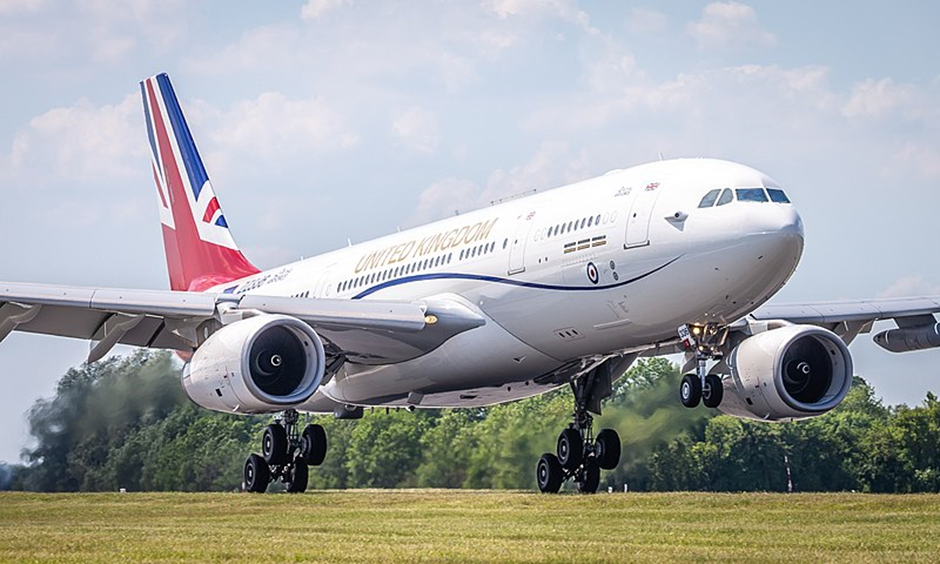
With the announcement that the 146s would be retired in 2022 the government started to look around the private sector for a replacement as the RAF no longer had any aircraft that could be adapted for Royal duties. In 2020 a contract was given to Stansted based Titan Airways for exclusive use of a VIP configured Airbus A321 which will be used for Royal and Government/VVIP flights not requiring the Voyager. The A321 was painted in the same scheme as the larger aircraft and it entered service in early 2021. In early 2022 the RAF/MOD said it would be acquiring two French built Falcon 900 business jets to replace the BAe 146 Statesman aircraft.
As can be seen the exclusive use by the Royal family of a fleet of aircraft was gradually whittled away from the time the Queen’s Flight was merged with 32 Squadron. This makes our BAe 146 Statesman all the more important as one of the last aircraft to have been used mainly by our Monarch and her family and one of the last direct links back to the formation of the King’s Flight by her uncle in 1937.
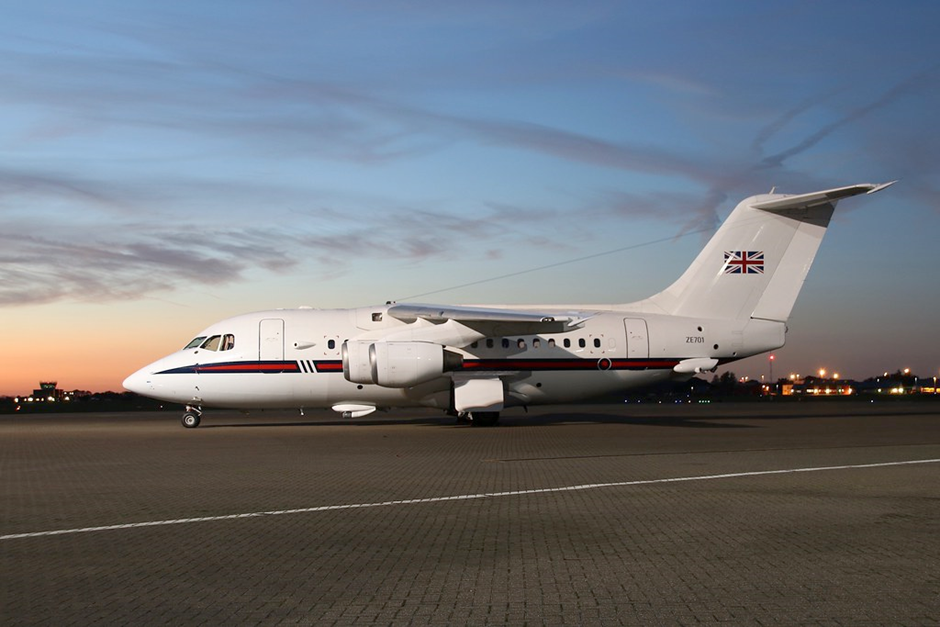
Don’t forget you can keep up to date with all the developments around our BAe 146 and the other airliners in our fleet by checking out our Facebook page and its weekly posts. More info is also available on Instagram and Twitter, just search The British Airliner Collection.
‘till the next time Keith
(Header photo: Sgt Jack Prichard OGL V. 1.0)
Registered Charity No. 285809